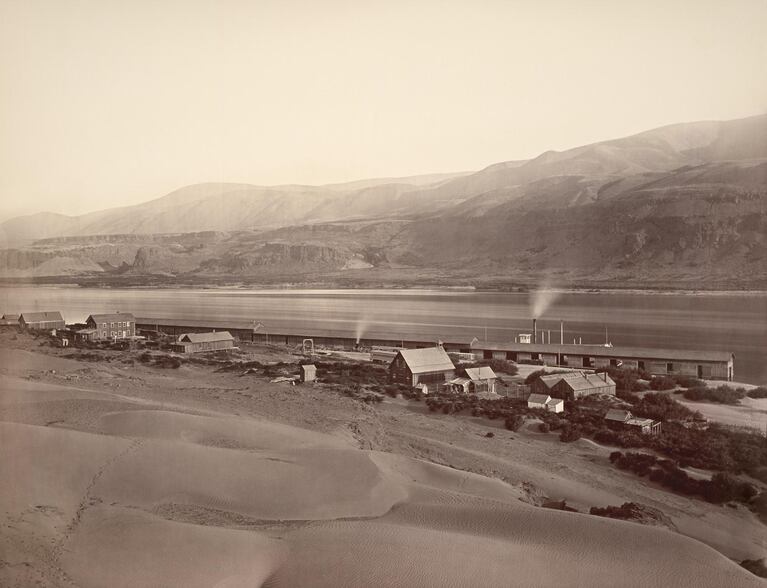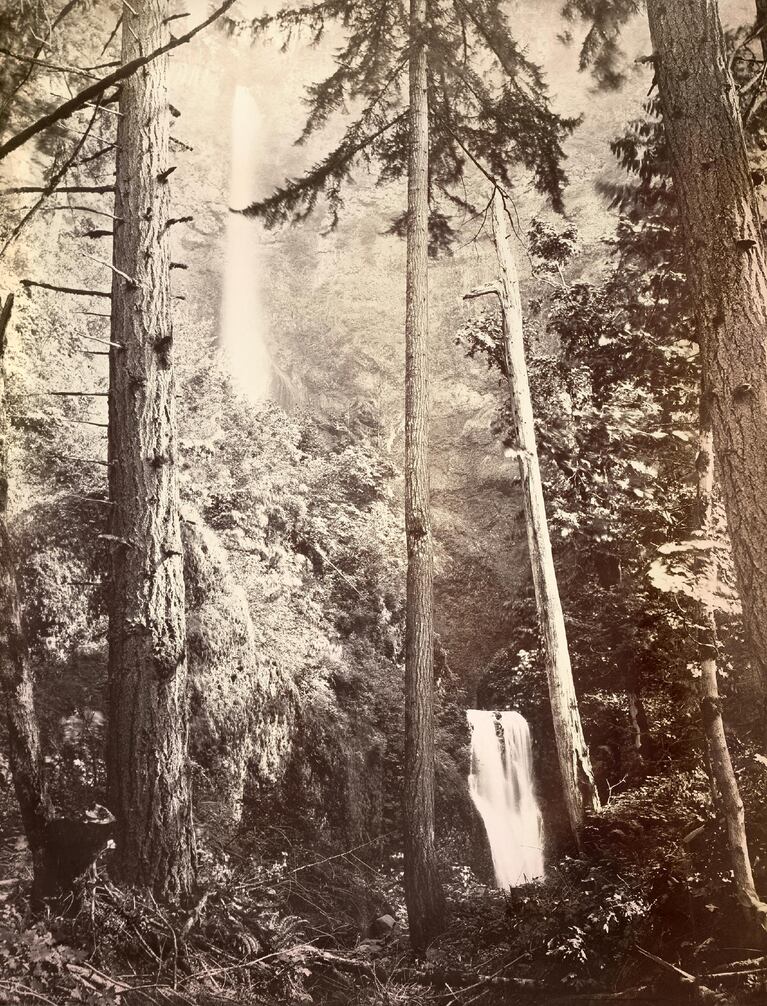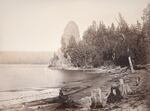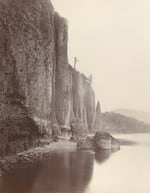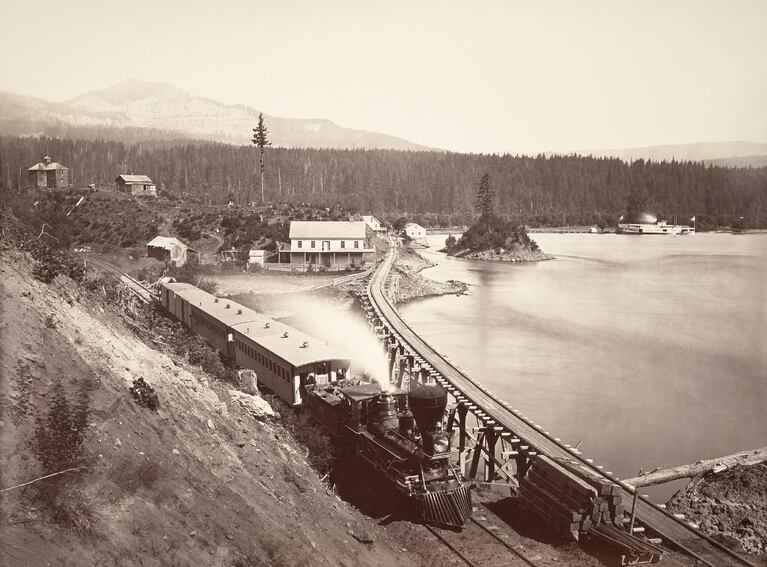
Upper Cascades
Carleton Watkins / Oregon Historical Society
Two years after the Civil War an internationally renowned landscape photographer turned his lens to Oregon. In 1867, Carleton Watkins traveled along the Columbia River Gorge by steamship to capture the first comprehensive images of this breathtaking 100-mile stretch.
This month, OPB's new series Greetings From The Northwest focuses on our region's dynamic rivers. Watkin's photos capture Columbia River Gorge in a way that's both familiar today and lost with time.
What's truly remarkable are the sheer size of these prints — 18 x 22-inch. Watkins was the first American landscape photographer to construct a camera that could create such large negatives.
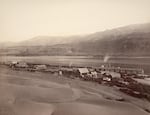
Near Celilo Falls
Carleton Watkins / Oregon Historical Society

Island in the Columbia
Carleton Watkins / Oregon Historical Society
The Oregon Historical Quarterly (PDF) breaks down how tedious this process was in capturing the images of the gorge.
“Watkins had to travel with his heavy, large-format mammoth-plate camera, a smaller stereoscopic camera, and hundreds of fragile glass negative plates, ranging in size from the eighteen-by-twenty-two-inch mammoth negatives to smaller ones for making stereo negatives. The wet collodion process with which Watkins worked required that the plates be coated with the collodion, exposed, and developed while they were still wet — usually about ten minutes. Watkins therefore had to carry a darkroom tent and all the chemicals needed for quickly processing his photographs in whatever rugged terrain he found himself.”
His story and the story of the Columbia River Gorge are documented in the Oregon Experience’s documentary "The River They Saw".
